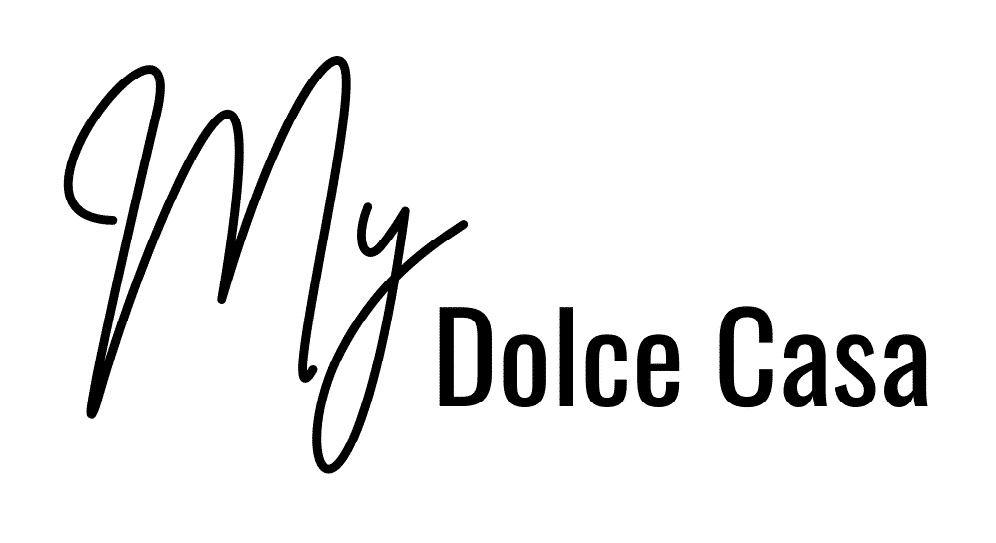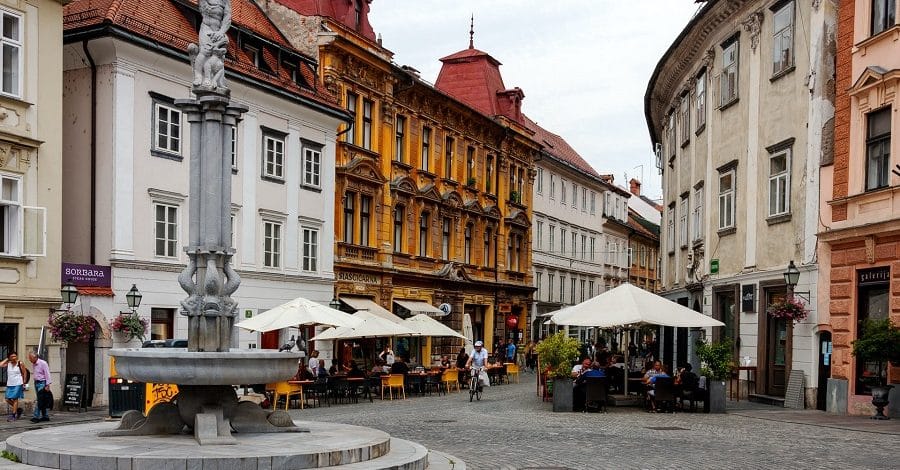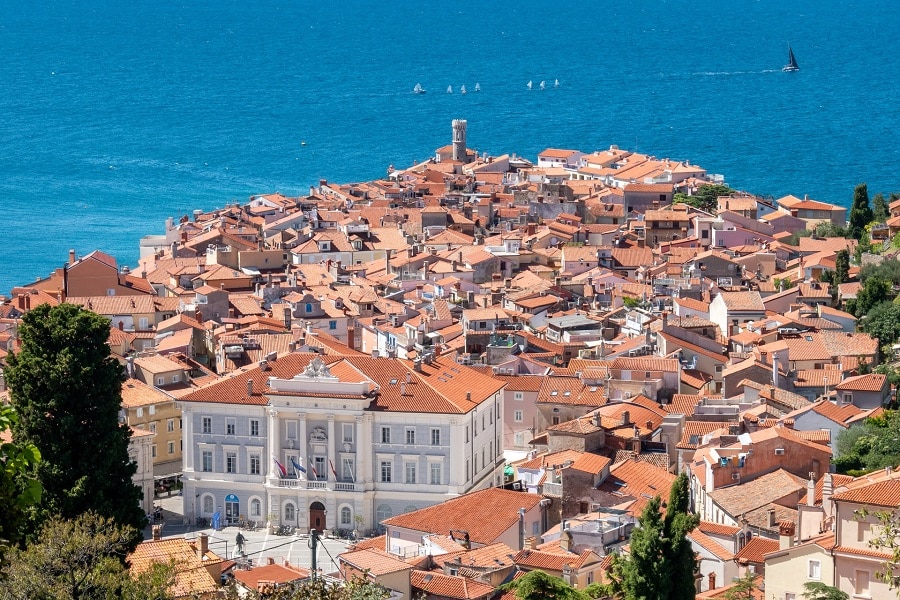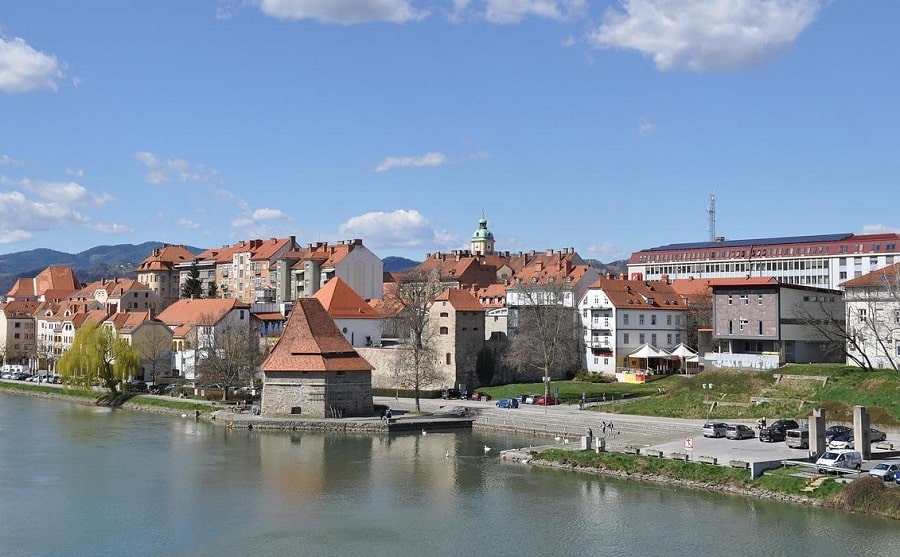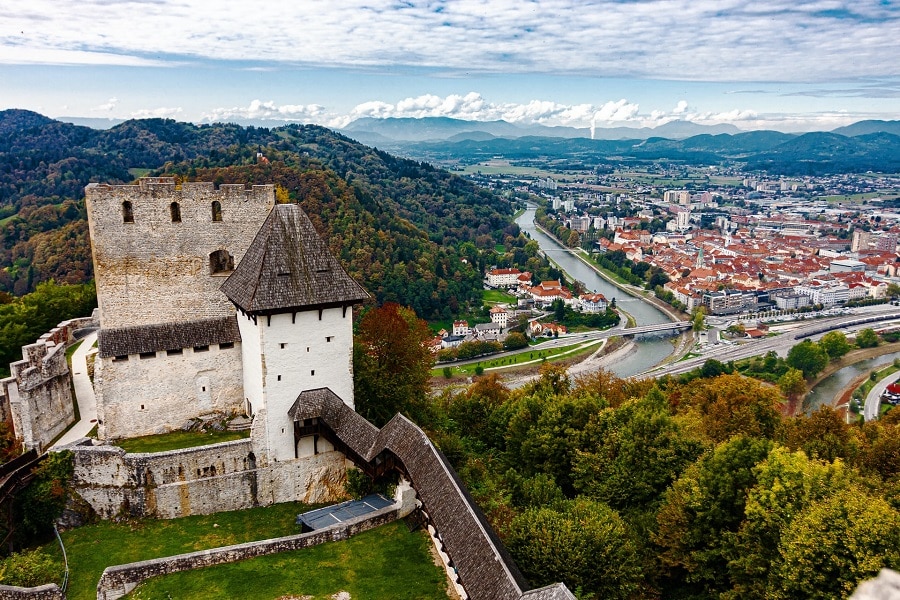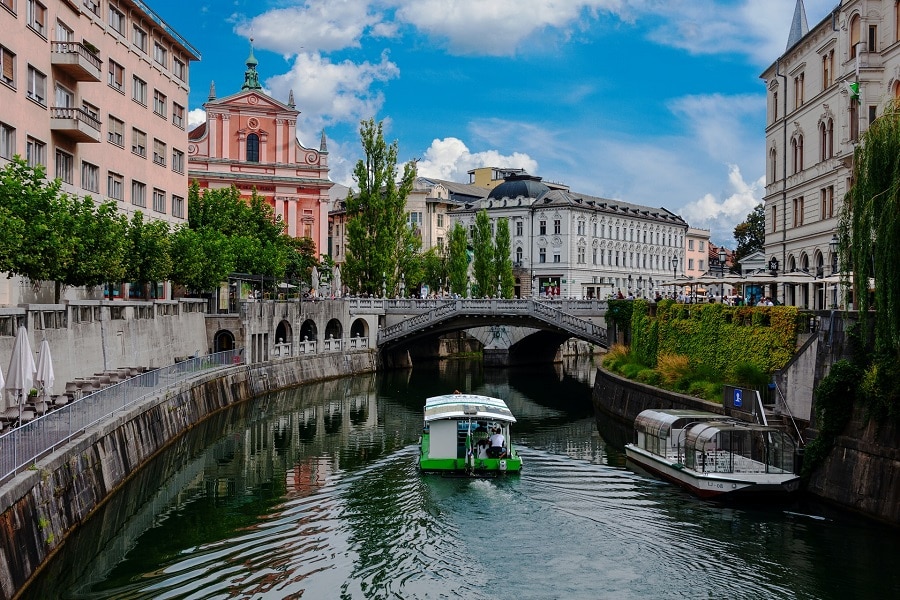Moving to Slovenia can improve the quality of your life in several ways, the most notable of which being the relatively affordable living cost in exchange for a great life in a highly developed, well-positioned and beautiful European country.
In terms of what expenses to expect if you move or retire in Slovenia, it depends on the exact location where you intend to settle. Here’s a list of cities ordered by cost of living, the cheapest cities on top and the most expensive ones at the bottom. We ranked them based on the average monthly living costs you’ll pay for the most important expense categories: rent, utilities, and food.
Slovenia is generally too small for any major price discrepancies in certain aspects (groceries, for example, tend to cost roughly the same throughout the entire country). However, restaurant and rent prices can vary between the regions to such an extent that it’s relevant to cover them in detail.
Things to keep in mind
Moving to Slovenia from the United States, you’ll find that what the locals refer to as ‘towns’ or ‘cities’ could very well seem more like villages from your point of view. For instance, Krško only has a population of roughly 7,200 people, but, by official standards and classification, it’s still considered a town.
Slovenia uses the Euro as its official currency and the prices are not at all difficult to visualize and get accustomed to if you’re used to U.S. dollars. Due to the foreign exchange volatility and rising inflation, the prices listed are subject to change.
As a general rule of thumb, living in Slovenia is cheaper if you stay out of the larger cities (Ljubljana, Maribor, and Koper), particularly as it relates to rent and dining out.
Monthly rental costs are representative of a typical 1-bedroom apartment in that particular region. To get the price for a 3-bedroom apartment, add about two thirds of the price (for example, if a typical 1-bedroom apartment costs $300, a 3-bedroom equivalent would cost around $500).
Here are the main cost-of-living expenses in Slovenia’s largest cities that are most popular among expats and retirees:
1. Murska Sobota
Welcome to Murska Sobota, one of the cheapest, if not THE cheapest city that’s located in the north-eastern part of Slovenia. The region is known for its abundant farm land and traditional, self-sustainable way of living.
Living in Murska Sobota, you’ll roughly pay:
- $300 for a 1-bedroom apartment in the city center ($240 in other neighborhoods)
- $150 for utilities
- $5 for an inexpensive restaurant meal
2. Krško
Krško is the perfect destination for family-oriented nature lovers. There’s plenty of beautiful sights to enjoy and living here won’t drain your wallet.
Living in Krško, your average costs will be:
- $320 for a 1-bedroom apartment rent in the city center ($270 outside the city center)
- $110 for utilities
- $8 for a budget meal
3. Novo Mesto
Novo Mesto is famous for its archaeological heritage. It’s a peaceful jewel sitting idly in nature’s embrace. Price wise, it sits somewhere in the middle of the scale.
Living in Novo Mesto, life will cost you:
- $350 a monthly for a 1-bedroom apartment in the city center ($270 outside the city center)
- $180 in utility costs
- $9 for a budget-priced restaurant meal
4. Velenje
Velenje is known for its festivals and cultural heritage. It’s neither the cheapest nor the most expensive city in Slovenia.
Living in Velenje, expect to pay:
- $340 for a 1-bedroom apartment with a central location (260 EUR for a less central one)
- $290 for utilities
- $11 for an inexpensive meal
5. Maribor
Although Maribor is the second largest city in Slovenia judging by population alone (about 100,000 people), the prices don’t reflect it at all. In fact, compared to living in Ljubljana, Maribor is significantly cheaper. Outside of the social and cultural life that seems to be in limited quantities, it offers many of the same things you’ll get access to in the capital.
Living in Maribor, expect to spend:
- $400 for a centrally located 1-bedroom apartment ($330 in other neighborhoods)
- $230 for utilities
- $9 for a meal at a cheap restaurant
6. Celje
Although it’s neither touristy nor conveniently located (except for the fact it lies in the center of Maribor and Ljubljana, two largest cities in Slovenia), Celje can be quite pricey in many regards except rental prices. But then again, it’s a transit town, which makes it a good place to run a business from.
Living in Celje will set you back by:
- $375 for a centrally-located 1-bedroom apartment (and about the same outside the center)
- $290 for utilities
- $11 for a meal at a budget restaurant
7. Ljubljana
Ljubljana, Slovenia’s capital city, is the second most expensive place of all, outclassed only by the coastal region. Ljubljana’s atmosphere is a mix of contemporary and traditional. Here, you’ll find most modern amenities and a vibrant night and social life.
Living in Ljubljana, be prepared to shell out:
- $700 for a one-bedroom apartment in central Ljubljana (the rent is $100 less if you venture away from the center)
- $220 for utilities
- $10 for a budget meal
8. Koper
In terms of expenses, Koper is by far the most expensive Slovenian city overall, overshadowed only by Ljubljana when it comes to rental costs. But in every other regard, this is one of the fastest (and most scenic) ways to spend your money in Slovenia. Since its a coastal city, however, the prices are justified – access to the coastline happens to be a limited commodity in Slovenia.
Living in Koper, expect to spend:
- $600 for a 1-bedroom apartment in the city center ($450 away from the center)
- $240 for utilities
- $12 for a budget meal
For the budget-aware expat, Slovenia offers plenty of options to explore. Overall, most US expats and retirees will find living in Slovenia quite cheap overall, even in the largest cities. But if you’re after squeezing the most from every dollar, the less touristy regions and rural areas are the hidden gems to look for.
